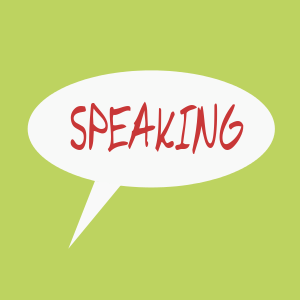
When you speak English, one of the things you must think about is relationships. Who are you talking to? How well do you know them? What is the situation?
It is useful, especially in business situations, to be formal. In most native-English speaking cultures, business relationships start formal then become more informal as the relationship develops.
What is formal English?
Formal English is generally indirect English. A useful rule of thumb (general rule) is that the longer your bit of speech to give meaning, the more formal you are.
Help me.
Casual.
Could you please help me?
Slightly formal.
I’m sorry to bother you but would you mind helping me, please, if it isn’t any trouble.
Very formal and making oneself humble.
Changes (Be Careful!)
I wrote above that relationships can become more informal and this can happen quickly. One thing to be careful about is moving from very formal language to very informal language too quickly. It can sound quite strange.
Good afternoon. My name is Marc Jones and I have an appointment at four o’ clock with Ms. Ogasawara. It’s a bit bloody hot outside, I’m telling you. It’s no bother leaving my bike outside, is it? Cheers.
To give the same information at one time at the same level of formality, you could say:
Good afternoon. My name is Marc Jones and I have an appointment at four o’ clock with Ms. Ogasawara. It’s quite hot outside, isn’t it. Oh, by the way, I was wondering if I could leave my bicycle outside, if it isn’t any trouble.
I hope this helps you get your levels of formality right.
